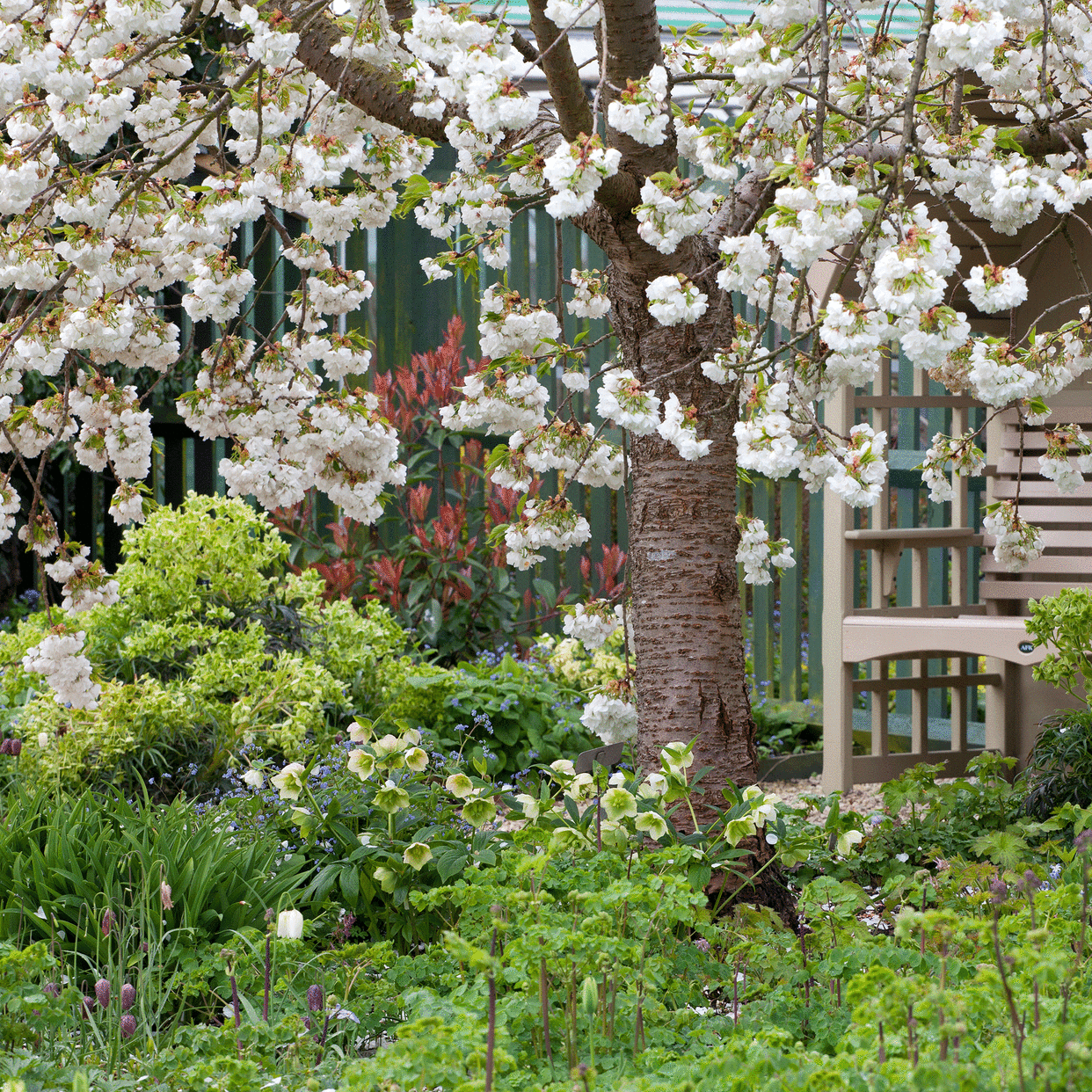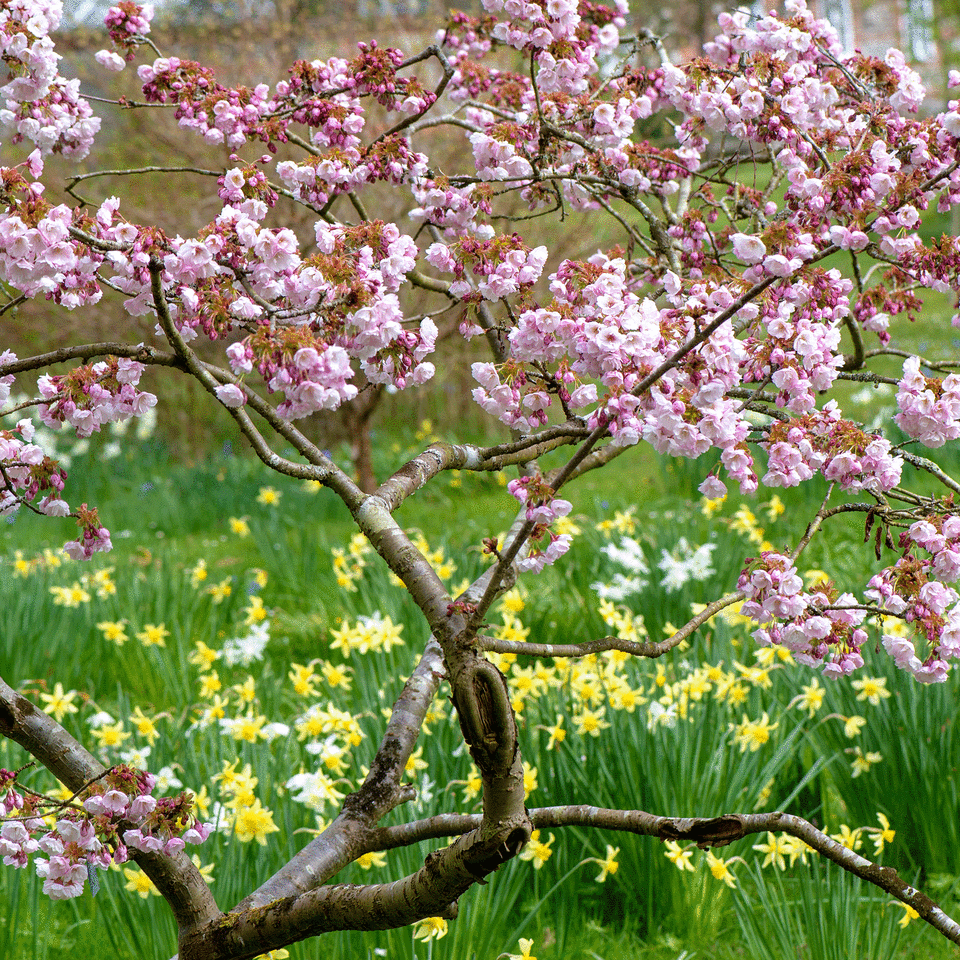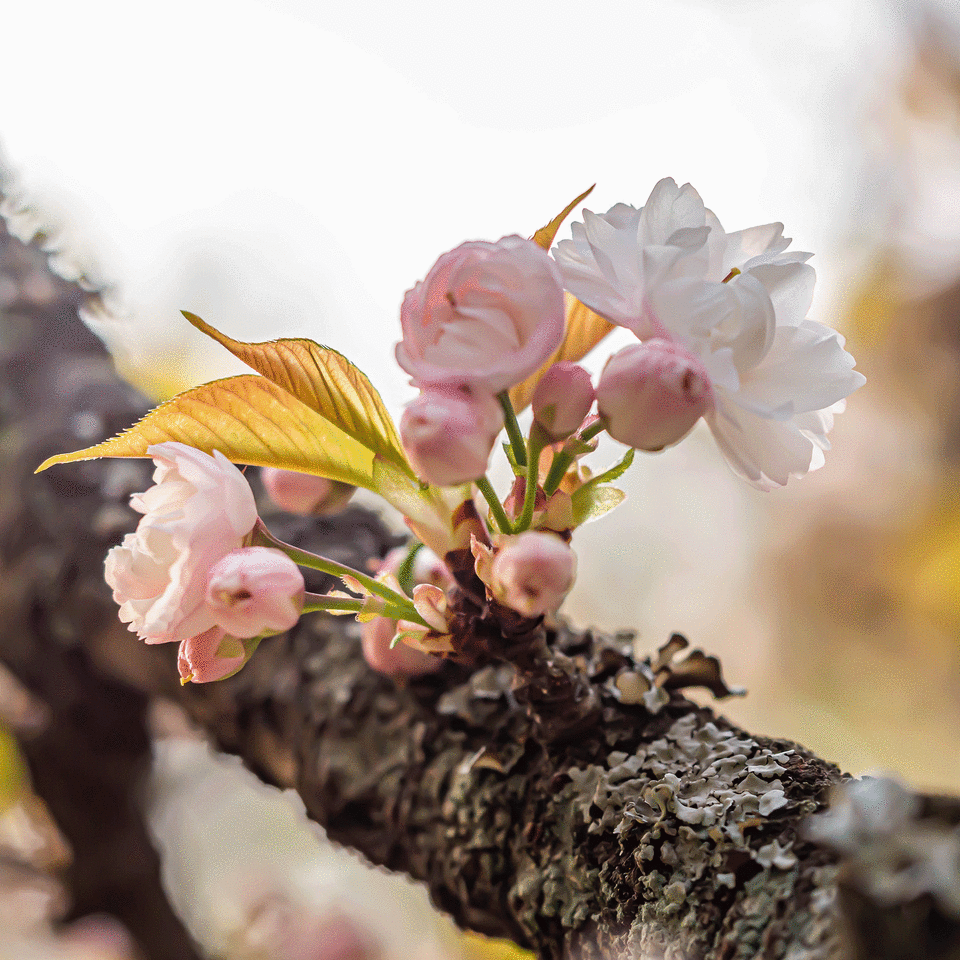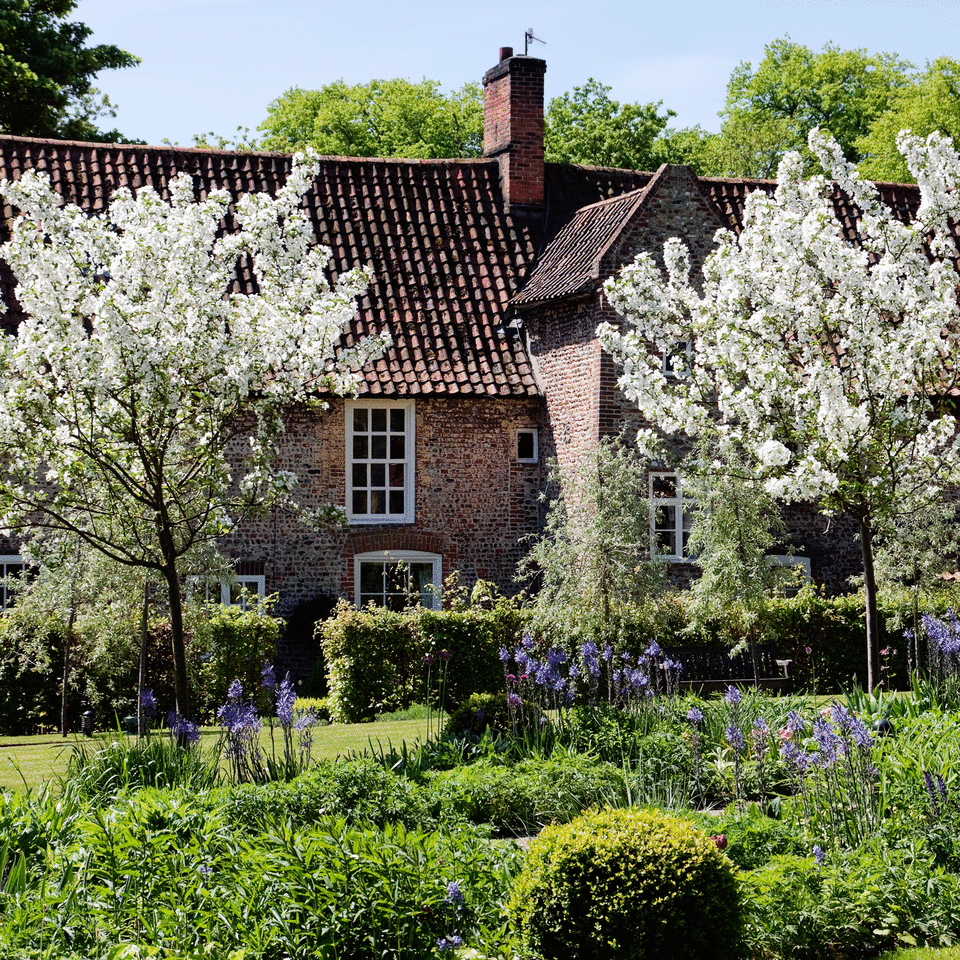When to prune cherry blossom - and keep fungal diseases at bay for brighter blooms next year

The deliciously pink sight of cherry blossom is a welcome sign that spring has sprung. But knowing when to prune cherry blossom is something that many homeowners fail to understand.
Not only can a cherry blossom tree boost the value of your home by an average of £1,800, but it’s also one of the most beautiful and fragrant trees you could add to your garden. And while the fruit this tree produces is normally too sharp to eat, it’s still an impressive focal feature. So, it’s always a good idea to maintain its beauty with yearly pruning.
Yes, just as you’d prune wisteria or prune a fig tree, pruning a cherry blossom is extremely beneficial to the overall health and well-being of the tree. And while you could simply leave it to its own devices, why wouldn’t you want to encourage even bolder and brighter blooms next spring?

When to prune cherry blossom
Although pruning a cherry blossom tree is important, pruning at the wrong time could spell disaster for these floral blooms. That’s because cherry blossom trees can be vulnerable to fungal diseases such as silver leaf, black knot, and blossom wilt, which means you need to be extra cautious.
In fact, the best way to stop these diseases from spreading is to prune a cherry blossom tree between April and July - but only after the tree has stopped flowering. In doing so, you can reduce the chances of fungal spores being carried by the wind and affecting other areas of the tree.
So, it’s probably best to add ‘prune cherry blossom tree’ to your list of jobs to do in June. This way, you can be confident that the tree will no longer be flowering and that fungal diseases are less active - especially as silver leaf is especially prevalent during the cold and damp winter conditions.

Don’t worry, though. ‘To prune a Cherry Blossom tree, you should follow the same basic steps as you would with any flowering tree,’ explains Steve Chilton, garden expert at LeisureBench. And we’ve put together an easy step-by-step guide on how to prune a cherry blossom tree below.
How to prune cherry blossom
What you’ll need
Steps or a ladder
Gardening gloves - like these NickyPicky Gardening Gloves from Amazon
Pruning shears - like these Gonicc 8" Professional Secateurs from Amazon
Tree lopper - like this Telescopic Saw Lopper from B&Q
Pruning saw - like this Magnusson 330mm Pruning saw from B&Q
Step-by-step
1. Sterilise your tools
When cutting any tree, you need to make sure that you sterilise your tools. If you fail to do this, you may infect your tree with bacteria or fungus and kill it in the process.
So, spend a few minutes before you get started giving your tools a good clean. You could do this by wiping them with disinfectant or rubbing alcohol.
2. Remove dead or diseased branches
When you’re confident that your tools are sterilised, you can then get to work on pruning a cherry blossom tree. First, you need to focus on removing any dead or diseased branches.
You should cut these dead or diseased branches back to a point where you can see a healthy side shoot - or just above the branch collar.
Depending on the height of your tree and the width of the branches, you may find it best to use pruning shears, loppers, or a saw. However, the general rule of thumb is that you should use pruning shears for branches around ½ wide, loppers for branches 1½ inches thick, and a saw for anything thicker than that.
The fungal diseases that affect the cherry blossom tree are spread through sap and cuts in the branches, which means you need to make quick and confident cuts.
‘Use a clean pruning saw to make a single cut rather than hacking away at your branch with secateurs. If you’ve removed a branch with black knot or silver leaf fungus, you’ll need to clean your blade again before carrying out any further pruning work, otherwise, you risk spreading the disease,’ explains gardening expert Calum Maddock at HomeHow.co.uk.
By making these clean cuts, the tree should be able to heal quickly and effectively.

3. Open up the canopy
When only the healthy branches remain, you can then focus your attention on opening up the cherry blossom tree’s canopy. By doing this, you can promote air circulation and allow more sunlight to penetrate the lower branches. And both of these things will encourage new growth.
However, you shouldn’t just cut off the top of the cherry blossom tree and hope for the best. Too much pruning can damage the tree, so you need to focus on small cuts here and there.
The easiest way to open up the canopy is to cut any branches that are crossing over each other or rubbing against each other. You should also cut any branches that are shooting directly upwards or growing downwards, as these branches will struggle to grow anyway.

4. Chop off the suckers
Most trees can fall victim to suckers. These suckers look like small shoots that are growing at the trunk of a tree and can often be a sign of illness or stress. Because of this, it’s a good idea to cut off these suckers during the pruning process.
Suckers will quite literally suck energy from the tree, and by removing these suckers, you can train the tree to focus more of its attention on the branches that remain. In doing so, the tree should grow bigger and brighter each year.
FAQs
How do you prune a cherry blossom tree UK?
When pruning a cherry blossom tree, it’s important to make quick and clean cuts. Otherwise, your tree may fall victim to fungal diseases that could affect the overall health and the look of the tree.
The first port of call is to remove any dead or diseased branches, followed by any branches that are crossing over each other or rubbing against each other. This will open up the canopy, promote airflow and allow for sunlight to reach the lower branches.
To finish, you should cut off any suckers that are growing at the base of your cherry blossom tree, as they will suck the energy from the rest of the tree.
Can you prune cherry in winter?
Although it’s common to prune fruit trees during their dormancy over the winter months, it’s not recommended to prune cherry blossom trees in the winter. That’s because cherry blossom trees are vulnerable to many fungal diseases that thrive during the winter months.
These diseases are also spread through cuts and scrapes in the branches, and the last thing you want to do is open up a wound that could ultimately become infected.
Instead, opt to prune a cherry blossom tree after it has flowered in the spring.

